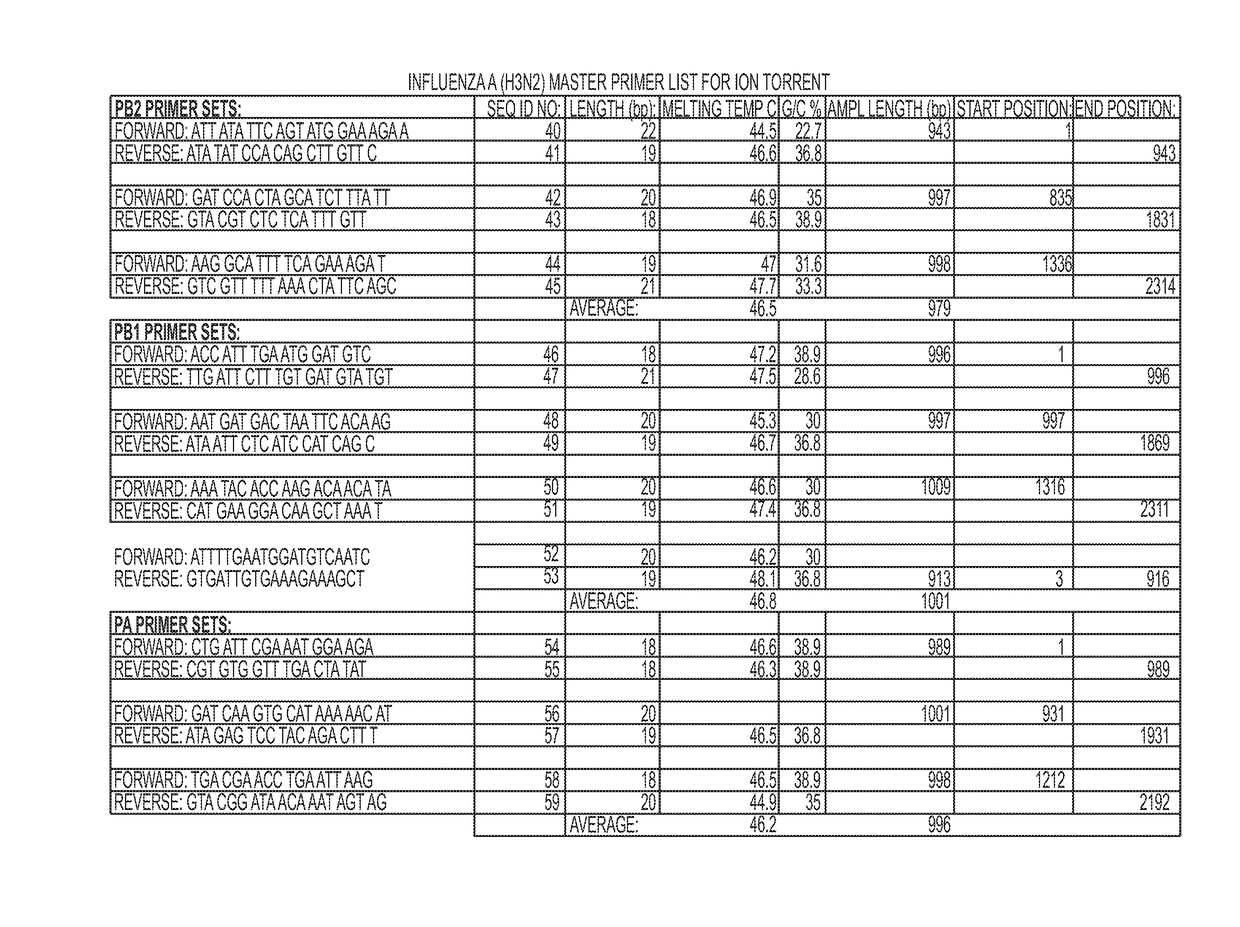Next Generation Genomic Sequencing Methods
a genomic sequencing and genomic technology, applied in the field of next generation genomic sequencing methods, can solve the problems of ineffective standard mtb treatment regimen, inability to place xpert testing in many microscopy labs in low resource settings, and the urgency of geographical surveillance and tracking of drug resistance strains, so as to facilitate nucleic acid testing
- Summary
- Abstract
- Description
- Claims
- Application Information
AI Technical Summary
Benefits of technology
Problems solved by technology
Method used
Image
Examples
examples
[0065]Clinical Isolates. A total of 26 geographically diverse clinical isolates, representing drug-sensitive, MD, and XDR tuberculosis strains were obtained from sample archives of the University of Pretoria, South Africa, and the National Institute for Communicable Diseases (NICD), Sandringham, South Africa. The H37Rv MTB lab strain was included as a sequencing control throughout the protocol. All MTB isolates used were archived strains from pure culture MGIT™ 960 System tubes (Becton Dickinson, Sparks, Md.) with species identification and genotypic resistance to rifampin and isoniazid determined using the Genotype® MTBDplus assay (HAIN LifeSciences, Germany) according to manufacturer's instructions. Phenotypic resistance for first and second line drugs was performed using the MGIT™ 960 System as previously described. Critical concentrations for ofloxacin and kanamycin (second line drugs) were 2.0 μg / mL and 5.0 μg / mL, respectively. Resistance to first and second line drugs was dete...
PUM
| Property | Measurement | Unit |
|---|---|---|
| temperature | aaaaa | aaaaa |
| temperature | aaaaa | aaaaa |
| temperature | aaaaa | aaaaa |
Abstract
Description
Claims
Application Information
 Login to View More
Login to View More - R&D
- Intellectual Property
- Life Sciences
- Materials
- Tech Scout
- Unparalleled Data Quality
- Higher Quality Content
- 60% Fewer Hallucinations
Browse by: Latest US Patents, China's latest patents, Technical Efficacy Thesaurus, Application Domain, Technology Topic, Popular Technical Reports.
© 2025 PatSnap. All rights reserved.Legal|Privacy policy|Modern Slavery Act Transparency Statement|Sitemap|About US| Contact US: help@patsnap.com



